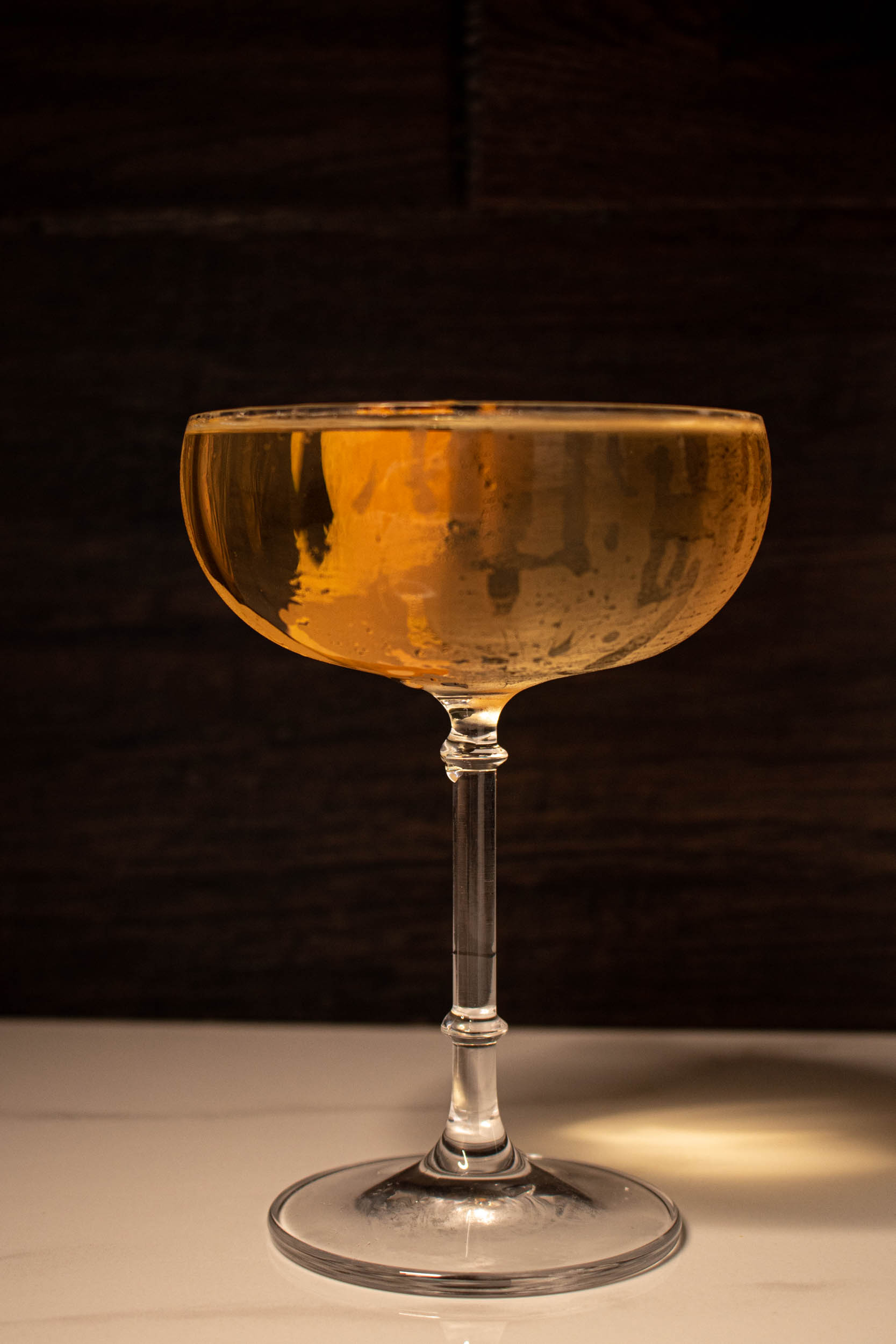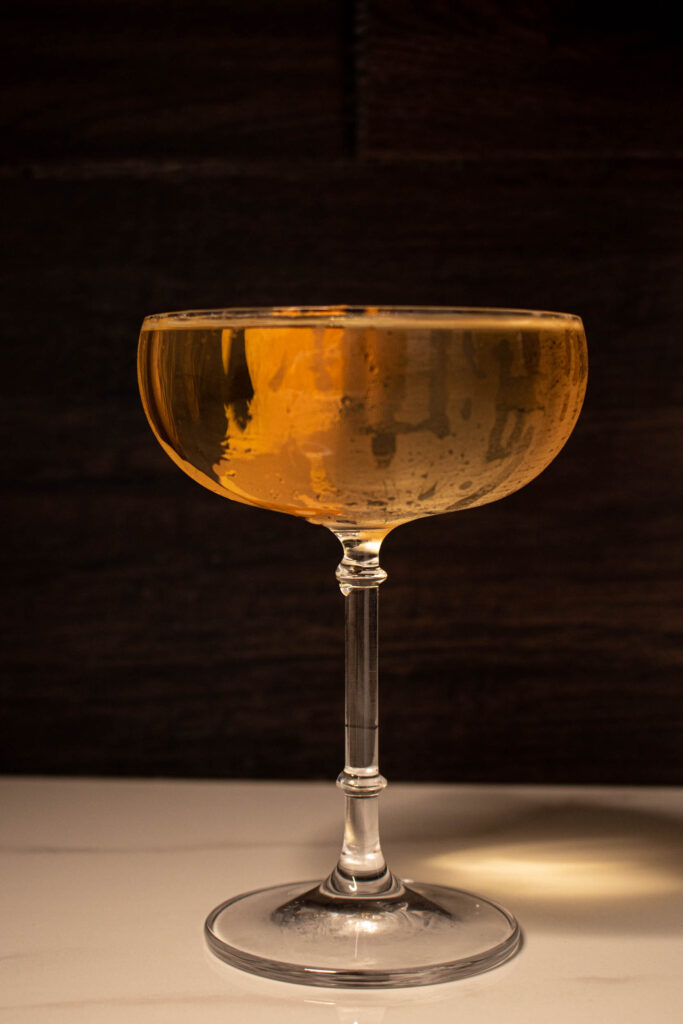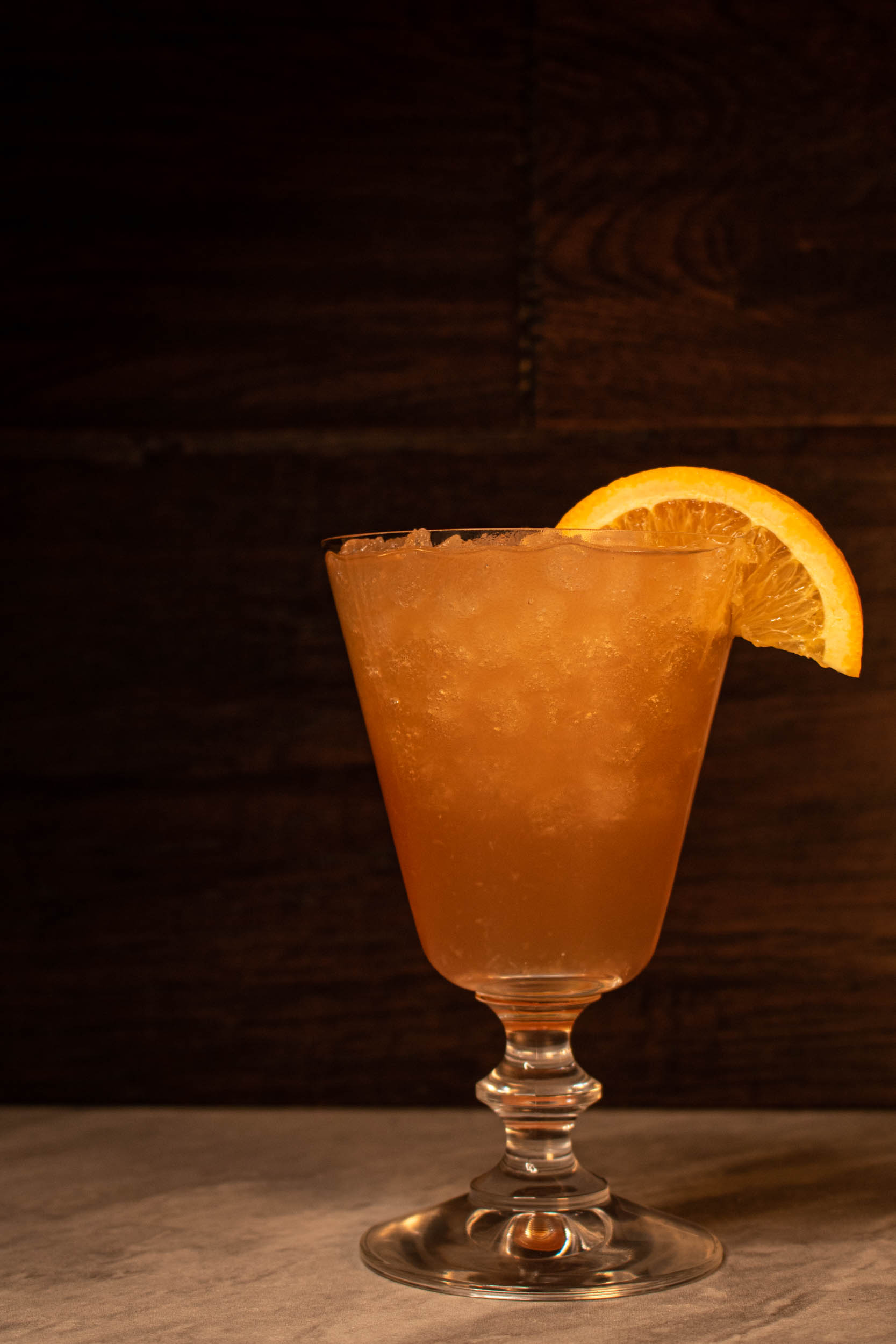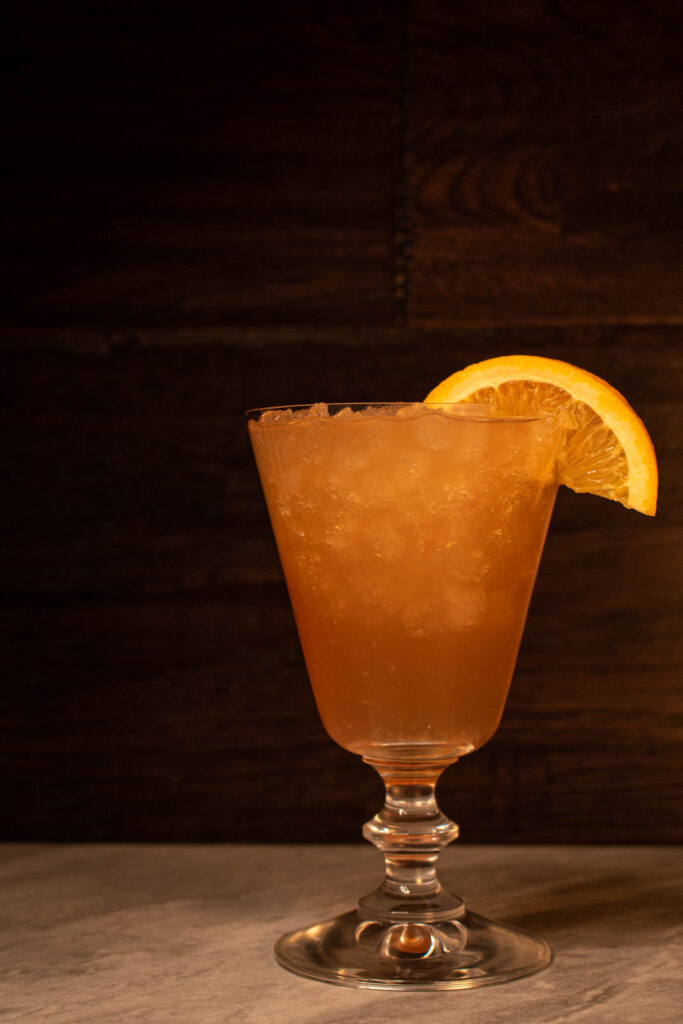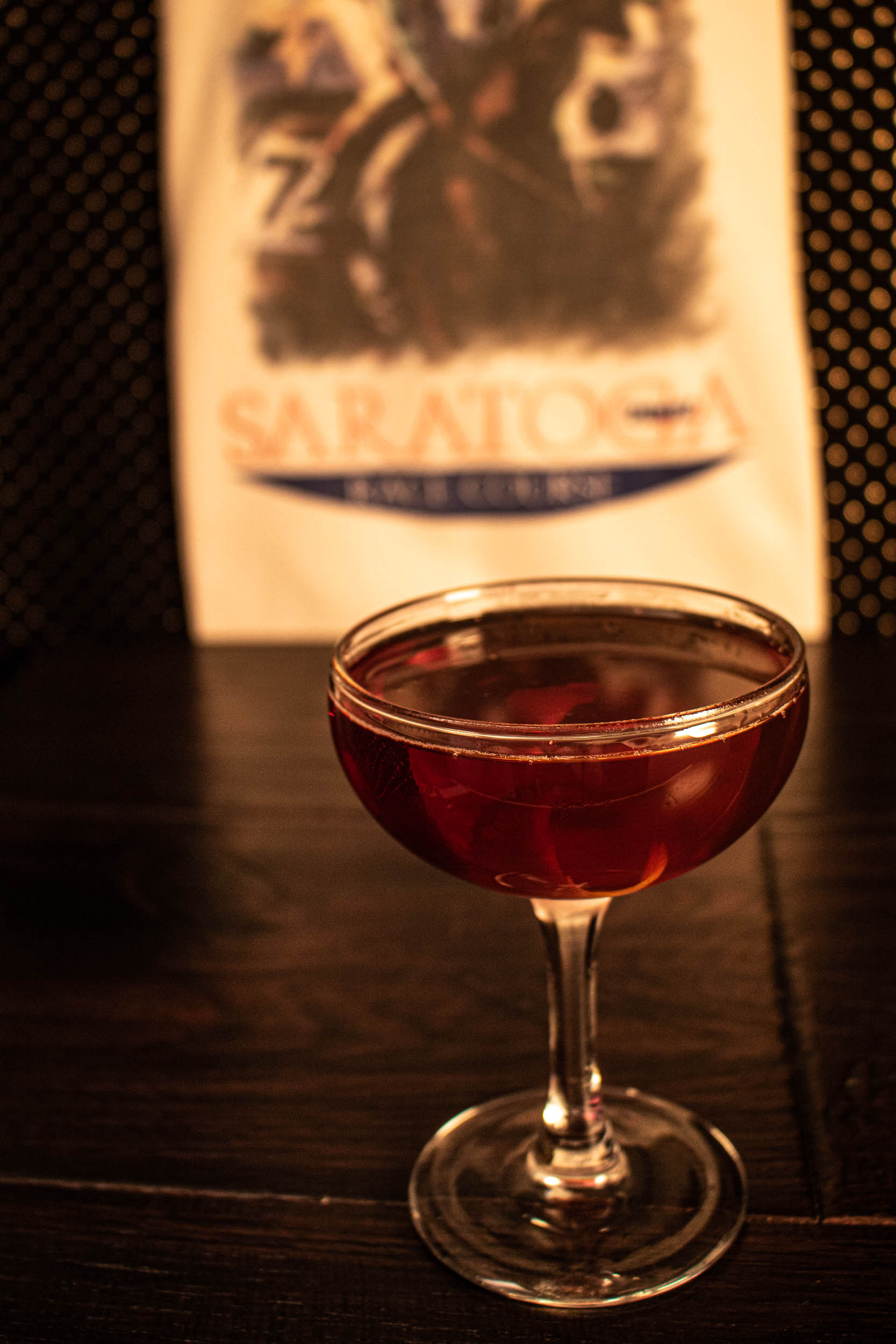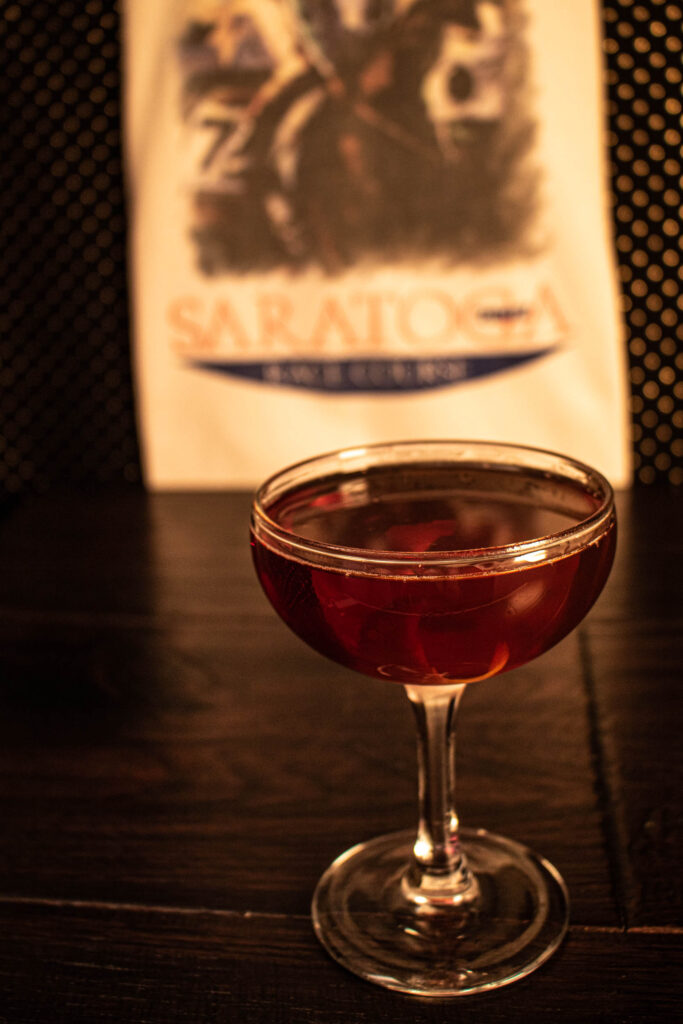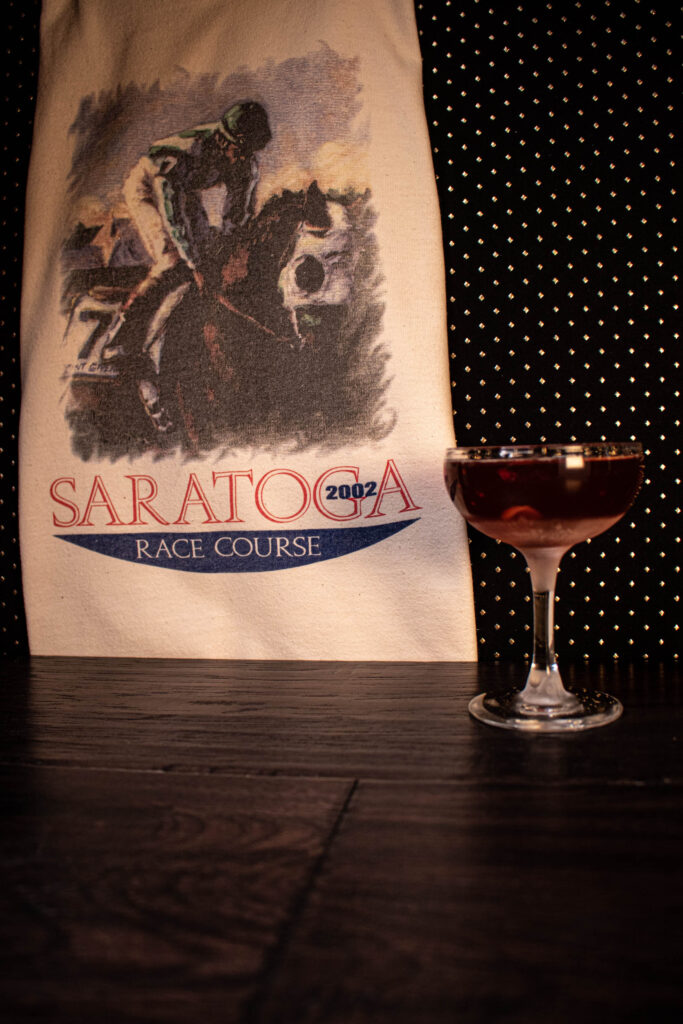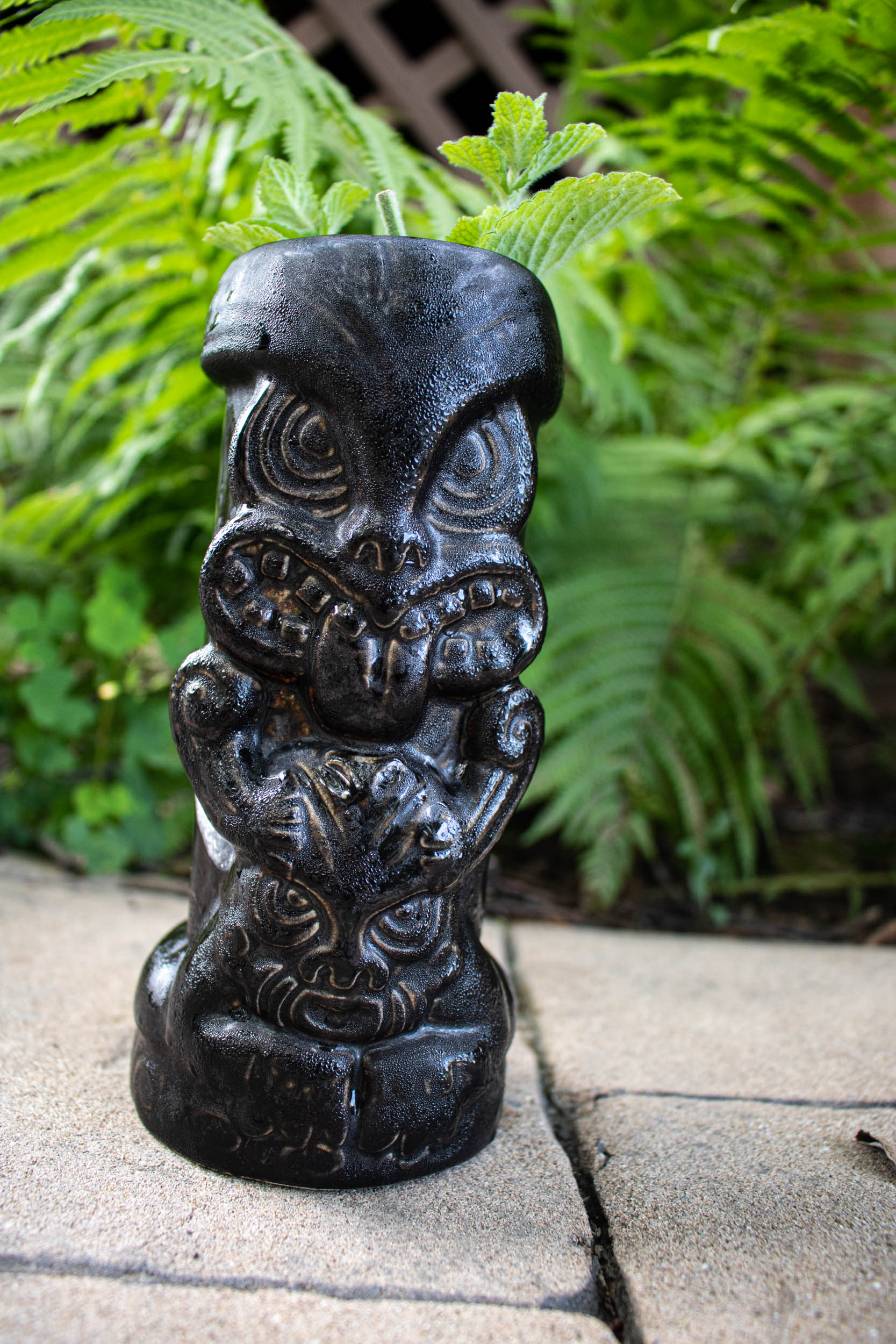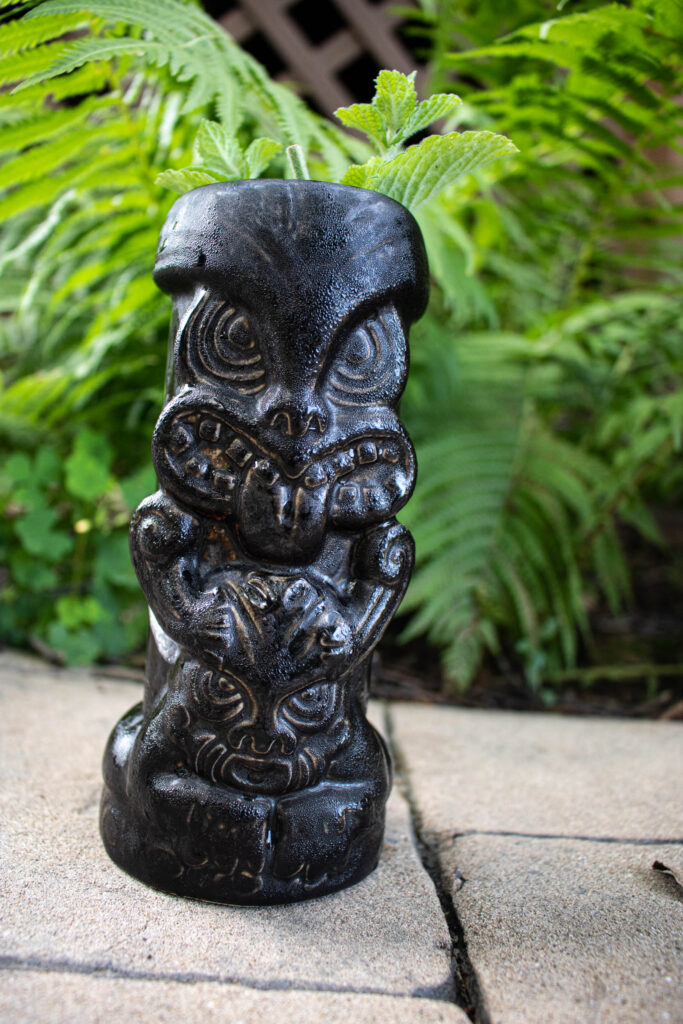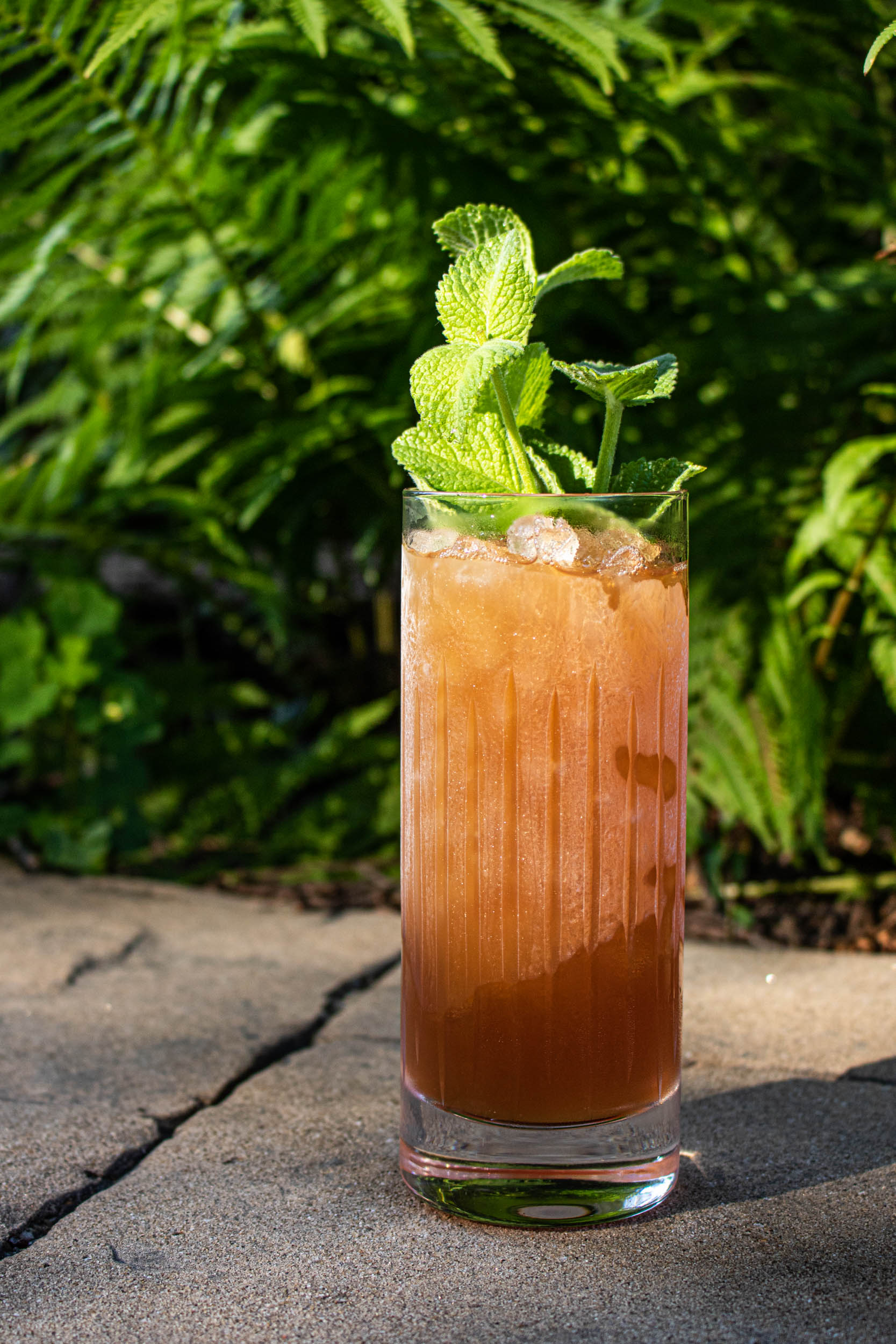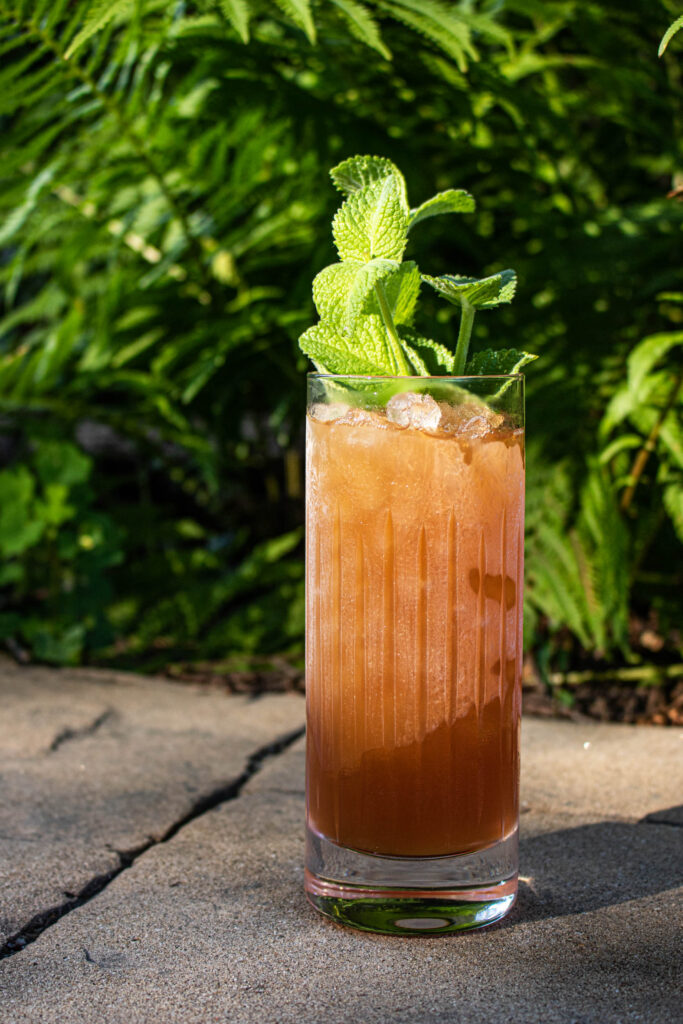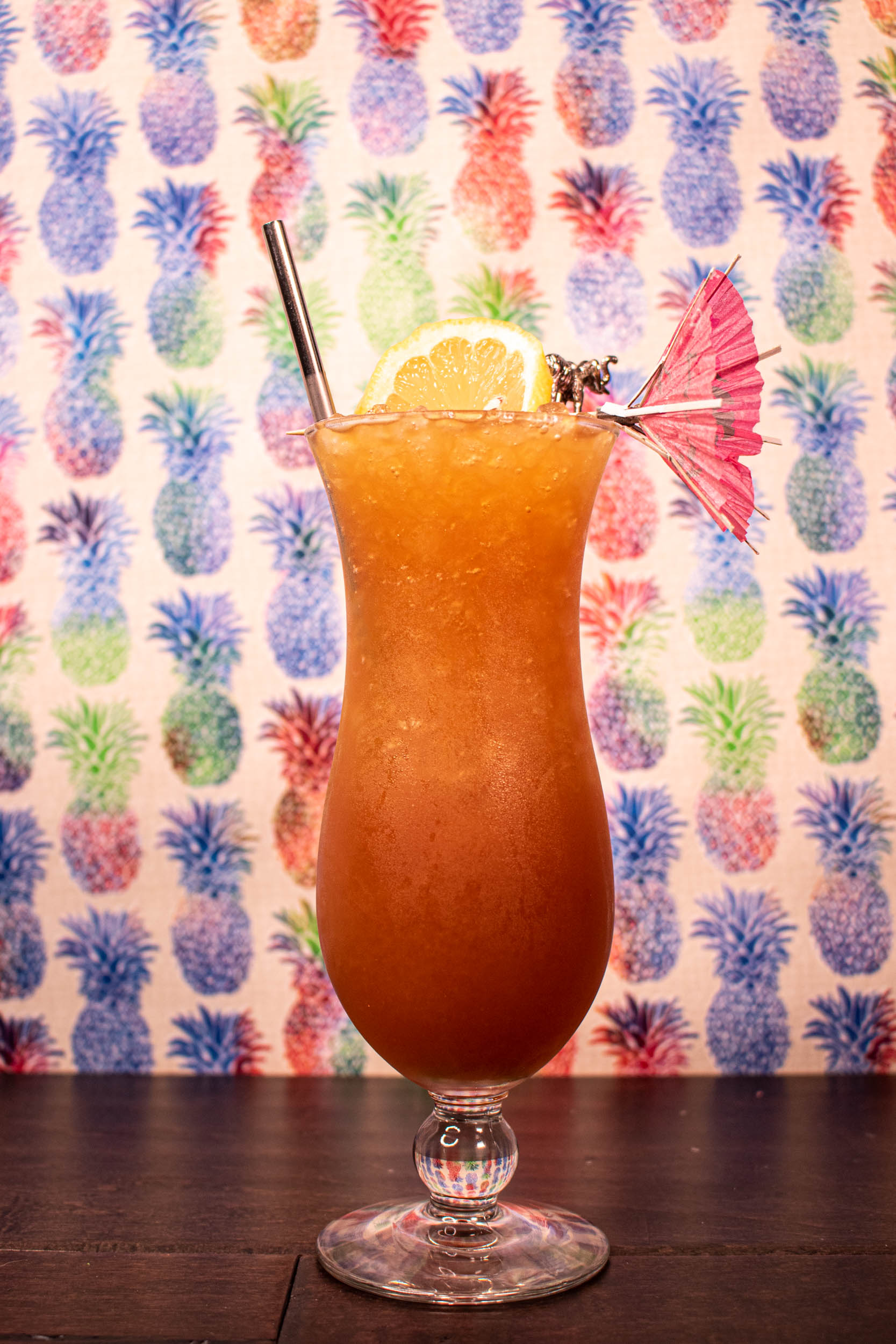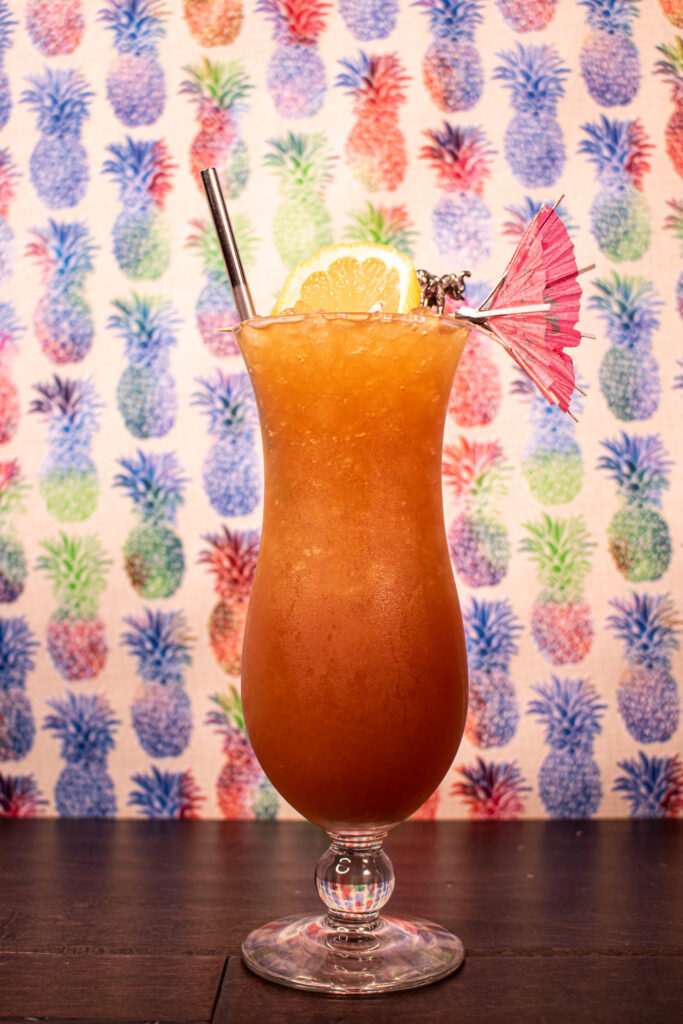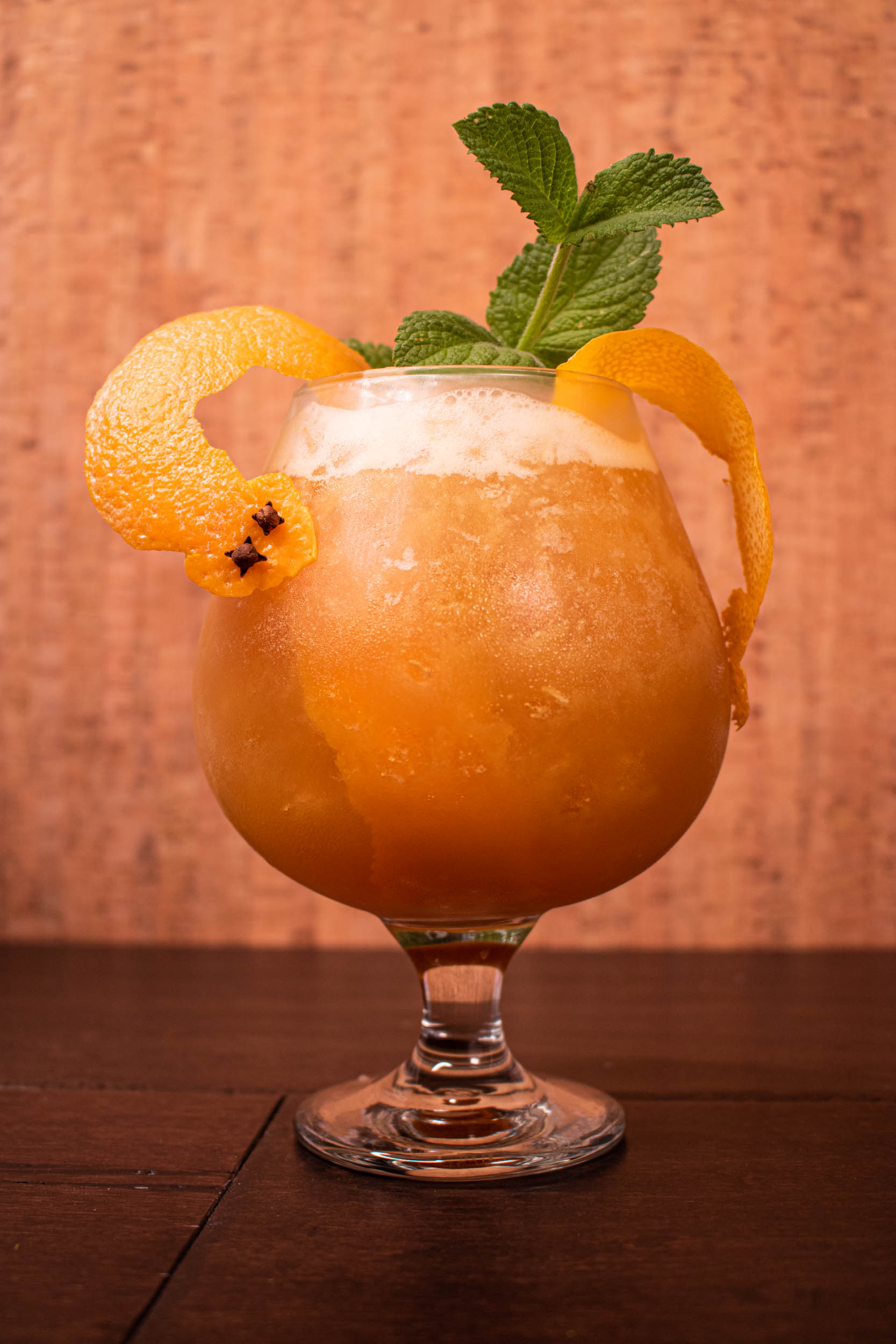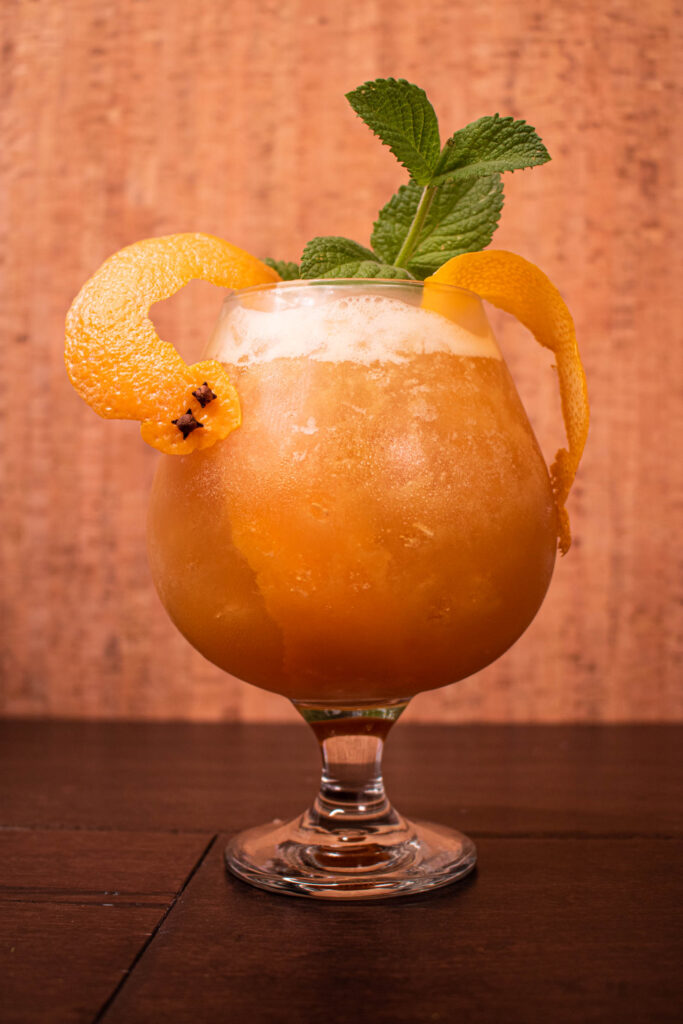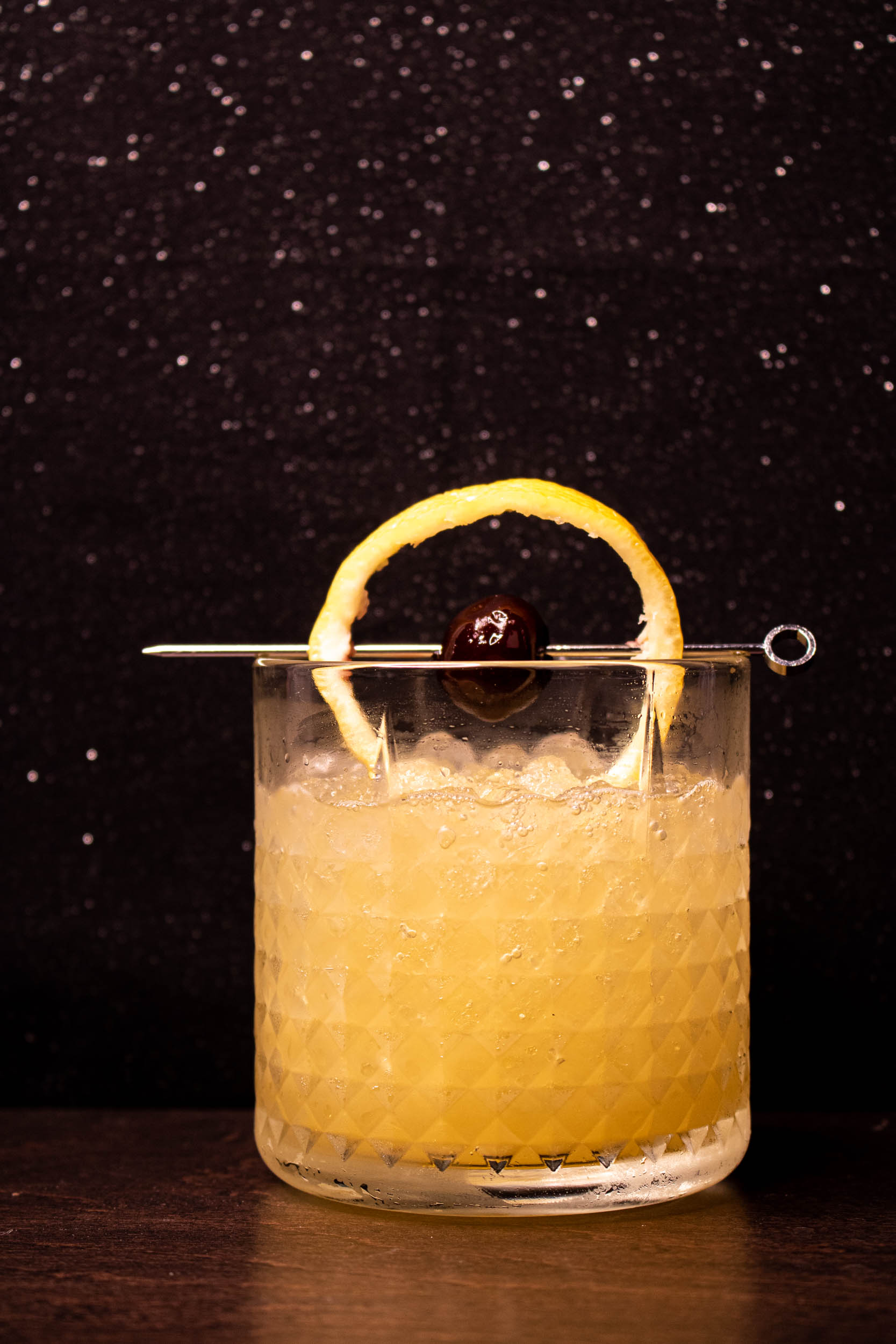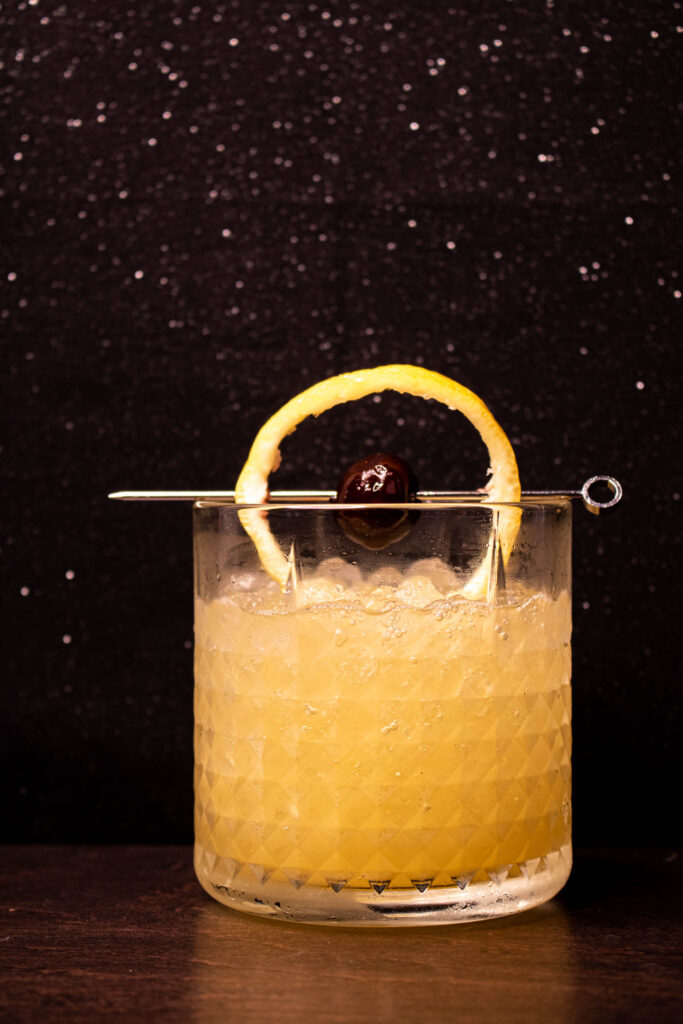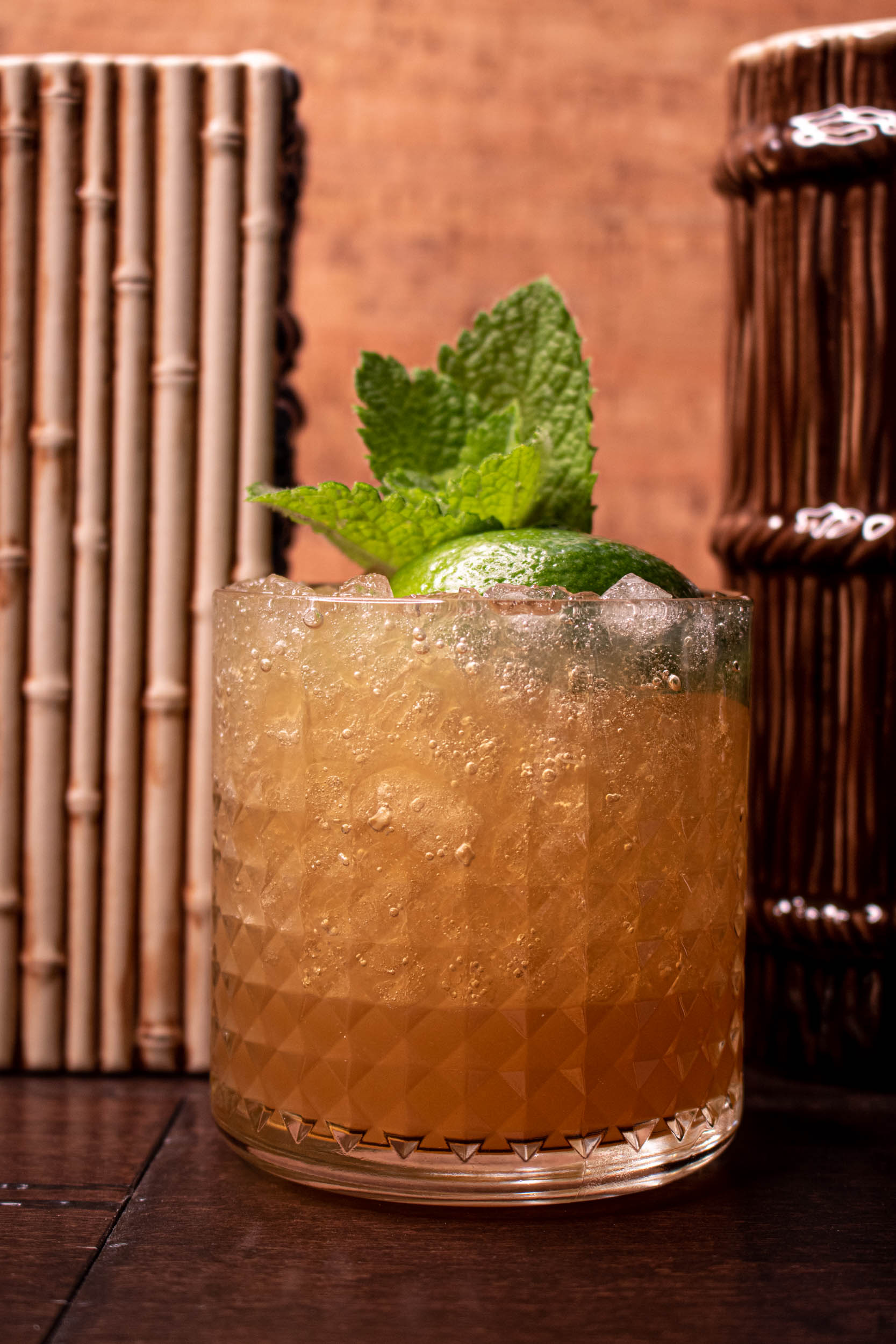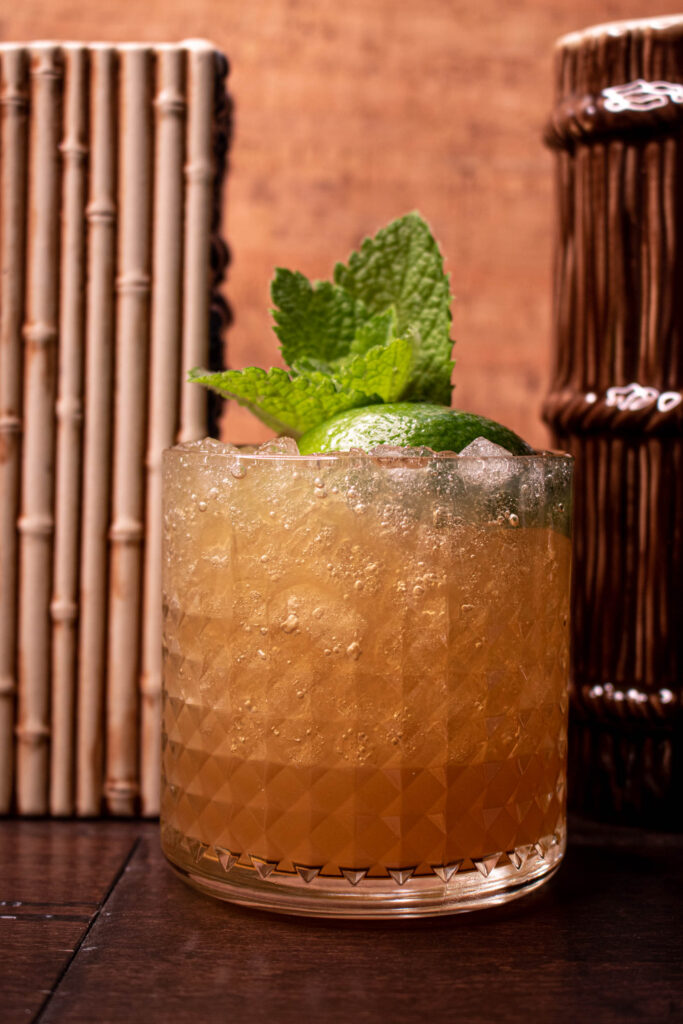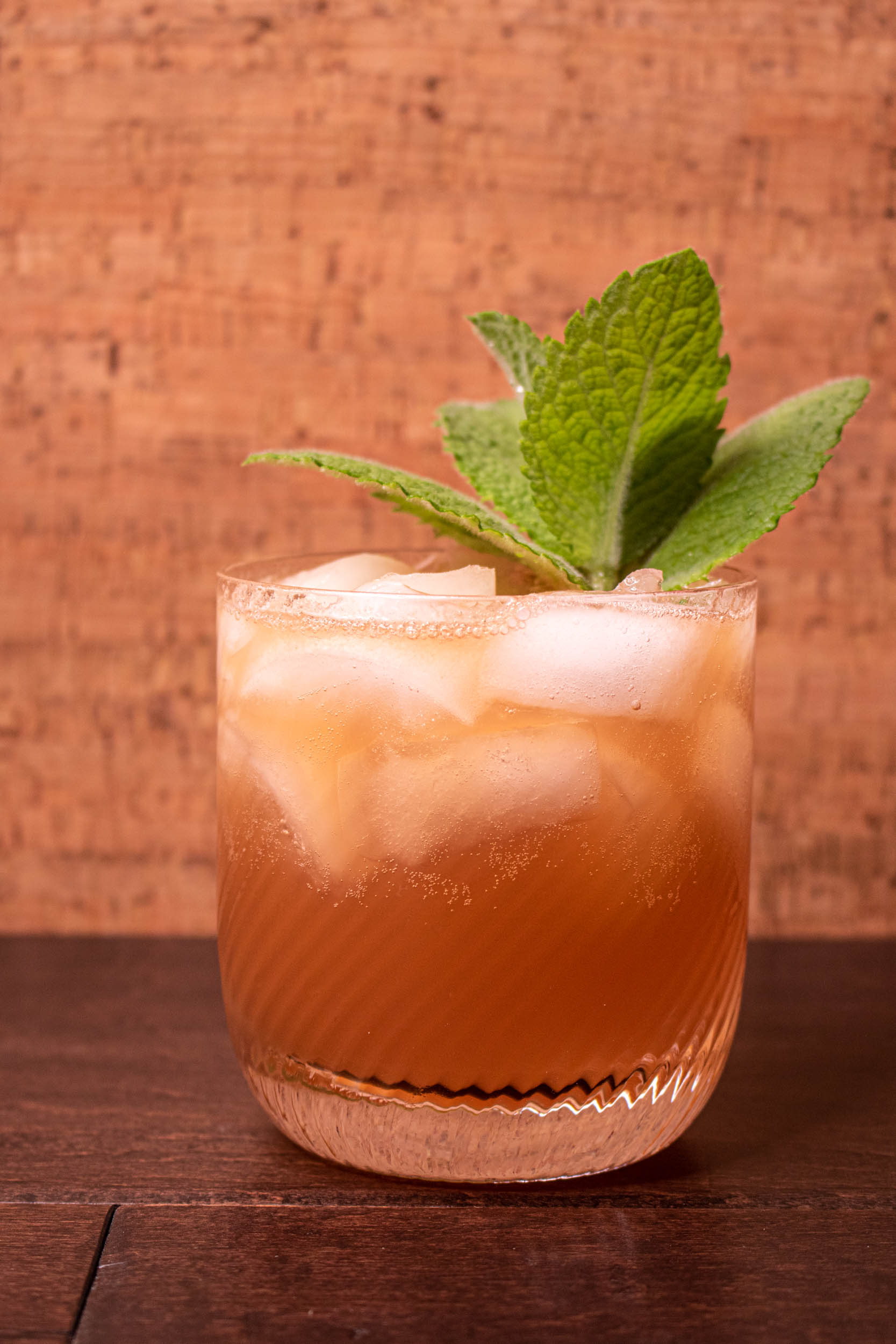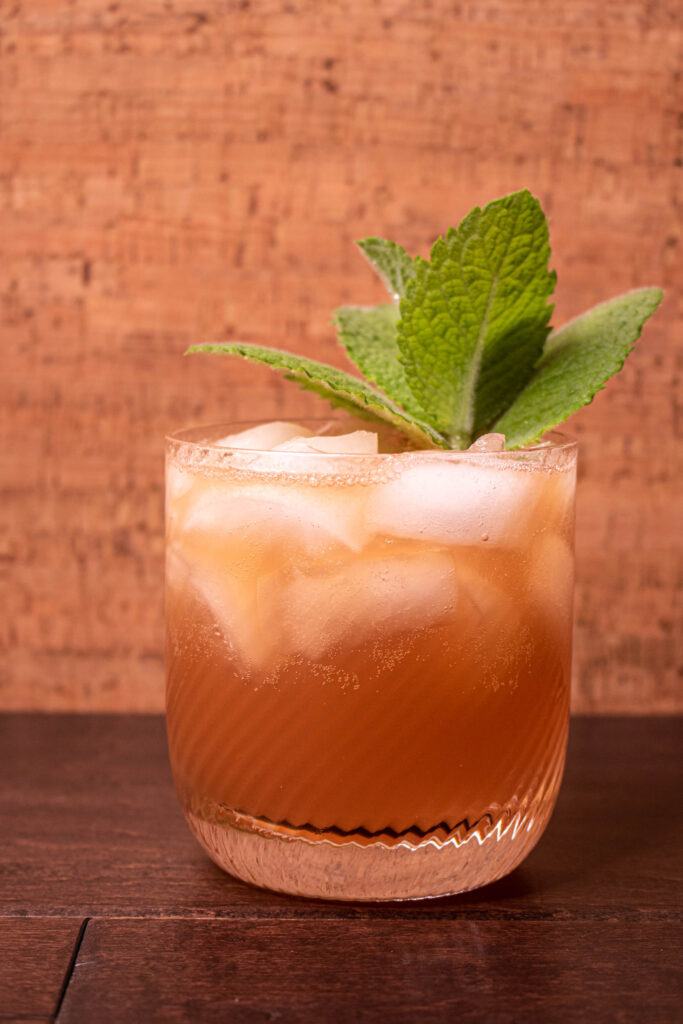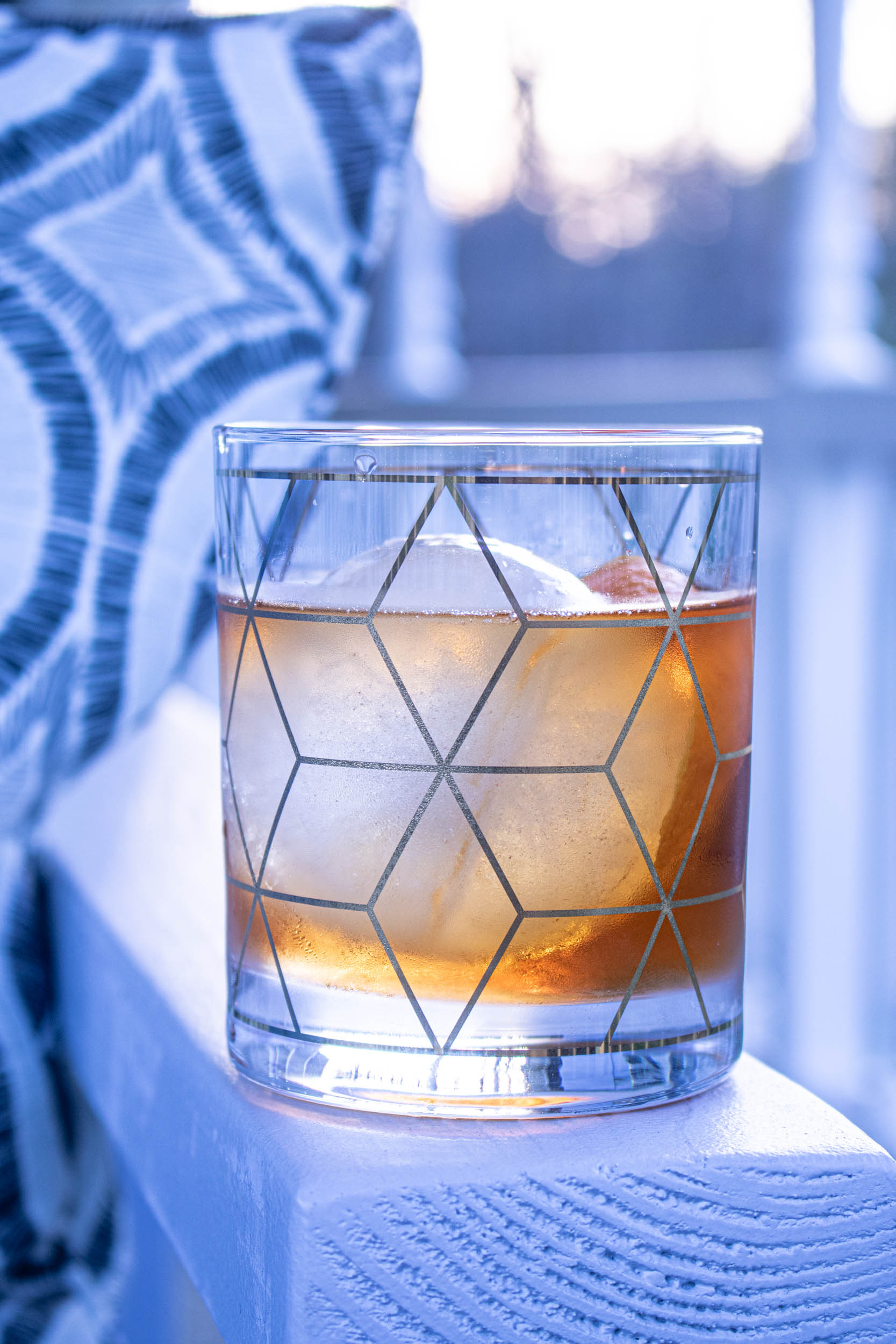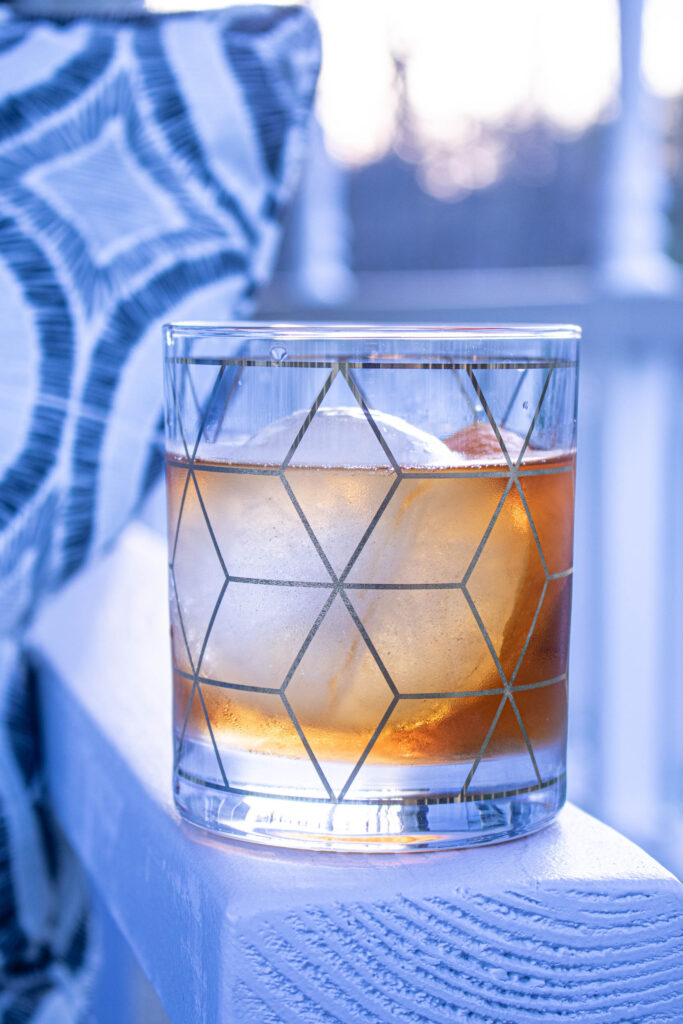
Originally from the Tuxedo Park Club in New York, the Tuxedo is another variation of a Martini. This forgotten cocktail was named after the popular fashion of the day. A mix of gin, dry vermouth, maraschino, orange bitters, and absinthe, this drink is cleaner and elegant than you would think. For fans looking to fancy up their Martini, read on.
Tuxedo
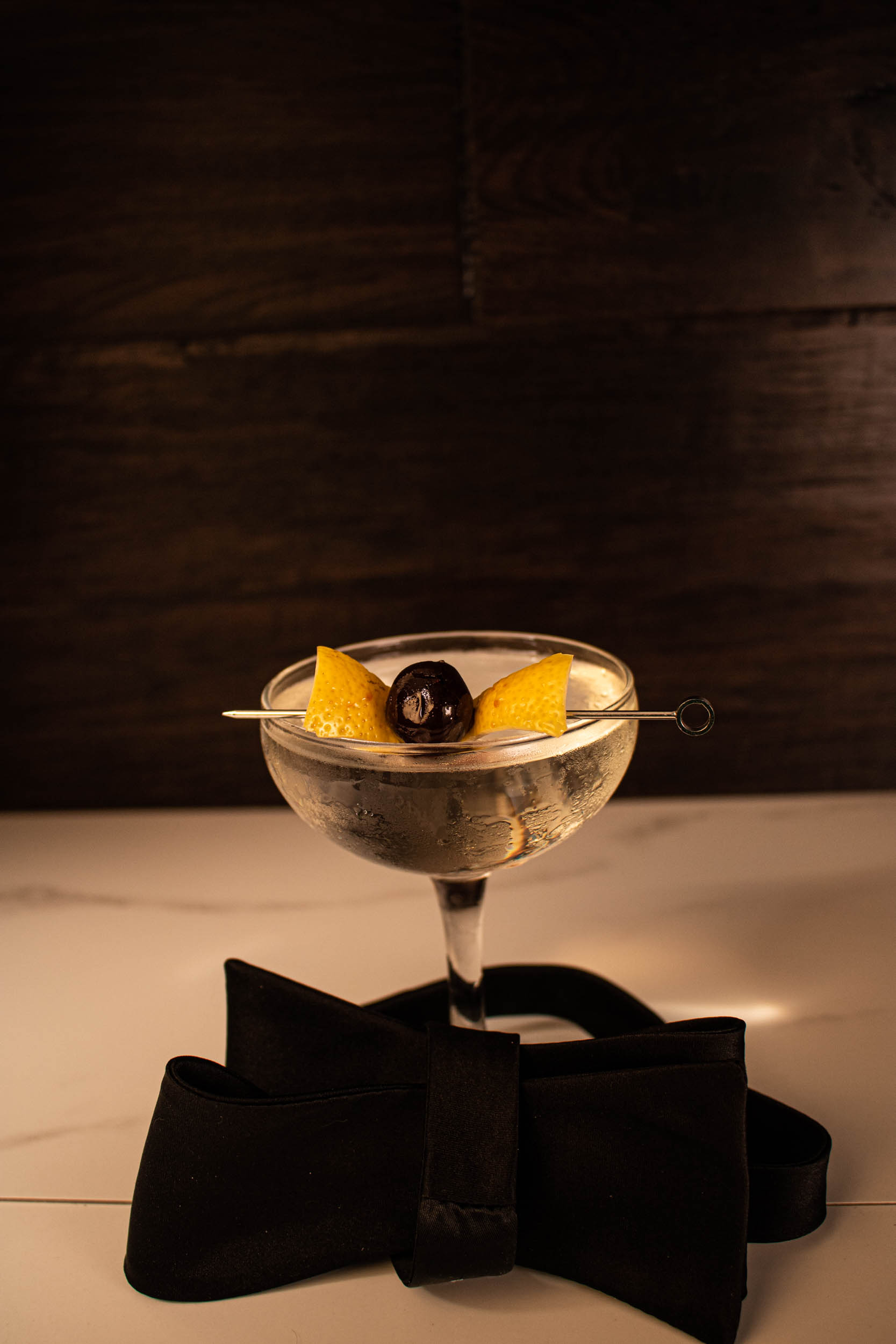
The Tuxedo is crisp, clean, slightly fruity, and refreshing. The flavor of the gin comes through softly thanks to the easier going style of Old Tom, while the vermouth bolsters the herbal elements. The maraschino adds wonderful notes of cherry and almond against a touch of orange and lemon. Overall, it’s delightful and easy going.
Drink Notes & Recommendations

The Tuxedo has another variant, the Tuxedo No.2 (which is also a great cocktail website), which has a fairly different composition. For the original Tuxedo the biggest difference are an increase in gin (+ ½ oz) / change of type of gin (Plymouth), and the number of dashes of orange bitters (increase to 3). Which means overall, there’s not a lot of changes here.
- Gin – The secret to this one is softer gin, and why we recommend Old Tom Gin. We used Hayman’s here, but you can use your favorite. For an alternative, consider Plymouth.
- Maraschino Liqueur – The subtle cherry, almond, and spice notes are best in Luxardo’s Maraschino Liqueur (in our opinion). Feel free to use your favorite though.
- Dry Vermouth – We used our standard Dolin Dry Vermouth here, but substitute your favorite.
- Orange Bitters – While Fee Brother’s will keep the flavor profile cleaner, we also enjoy the spice of Regan’s orange bitters. As there’s more than one dash, feel free to mix and match.
- Absinthe – We used St. George Absinthe Verte, but absinthe can be limited by location. If you can’t find an absinthe, consider a pastis, like Pernod.
